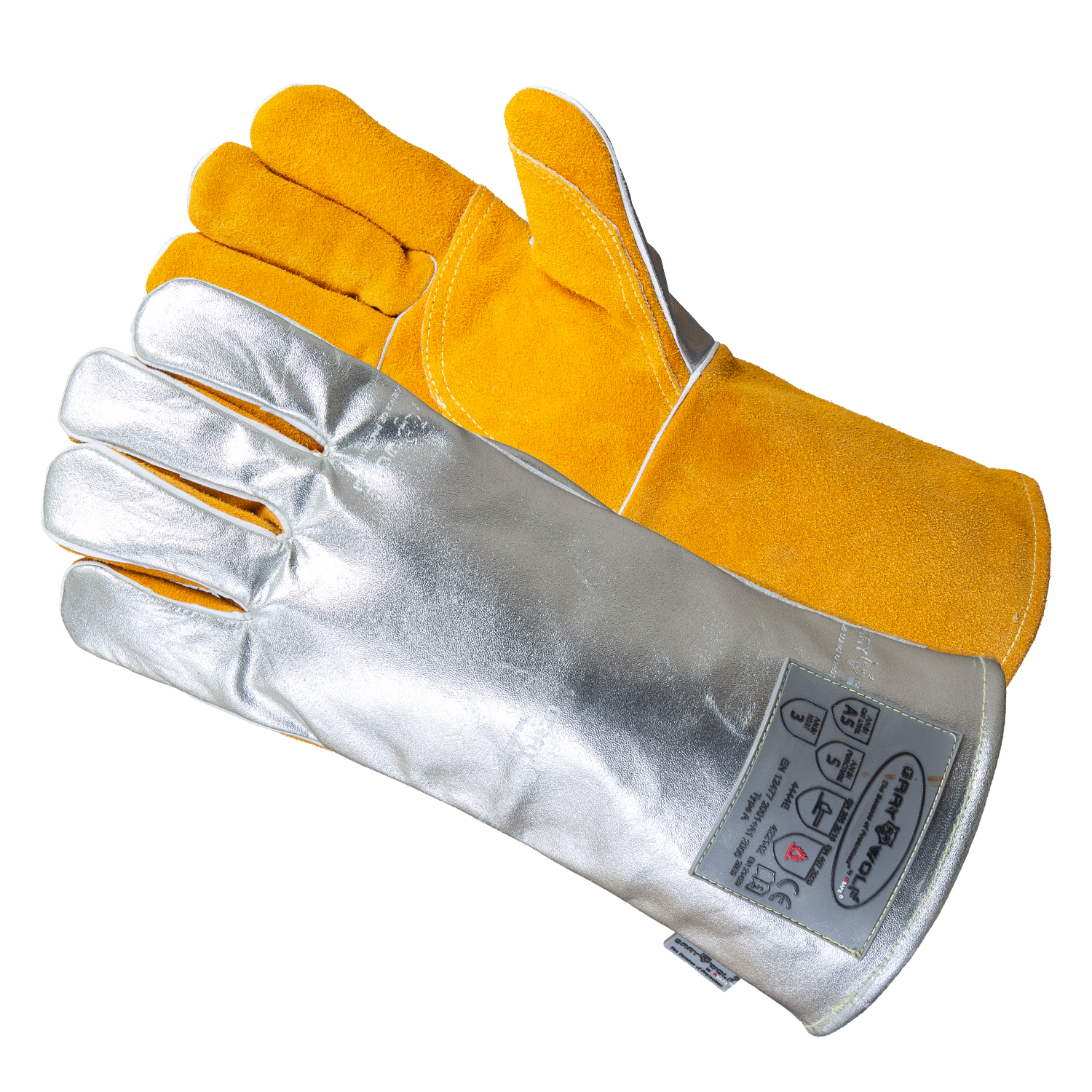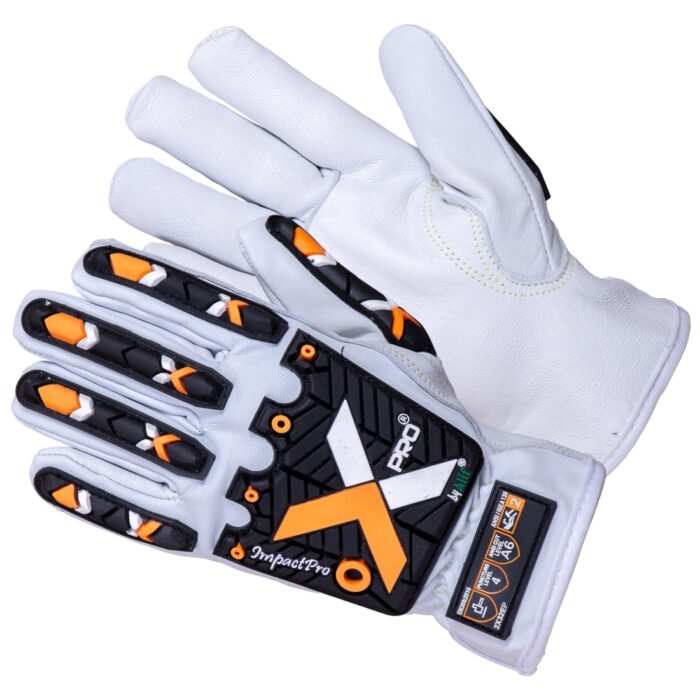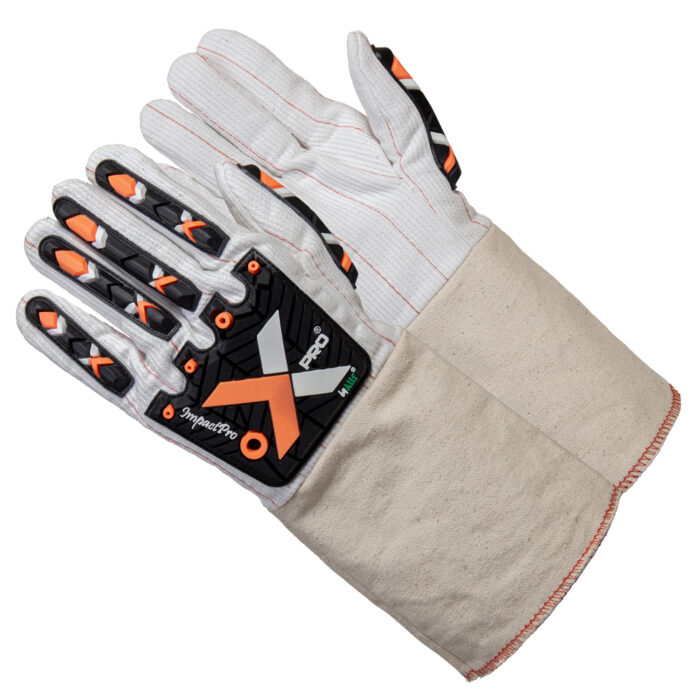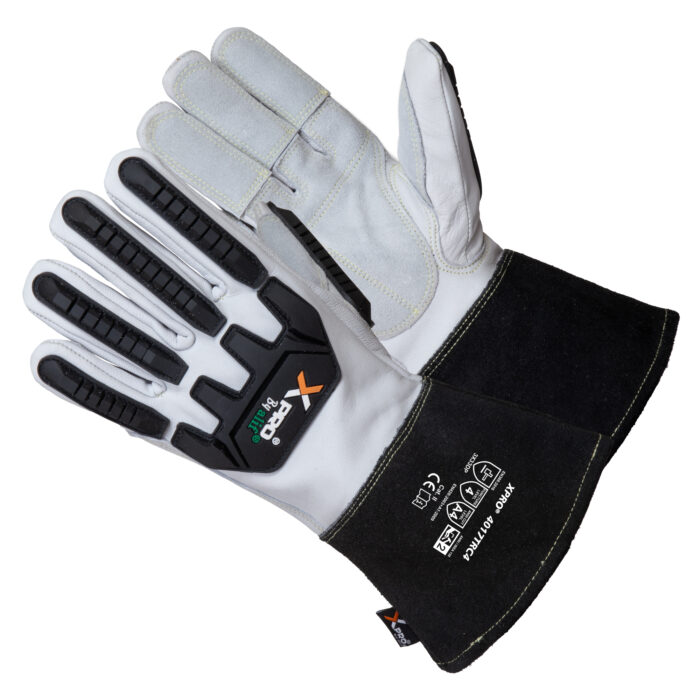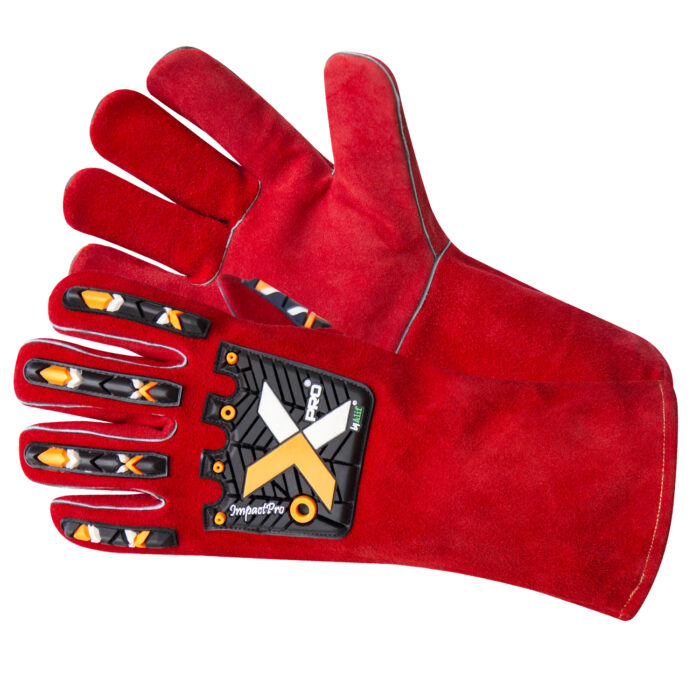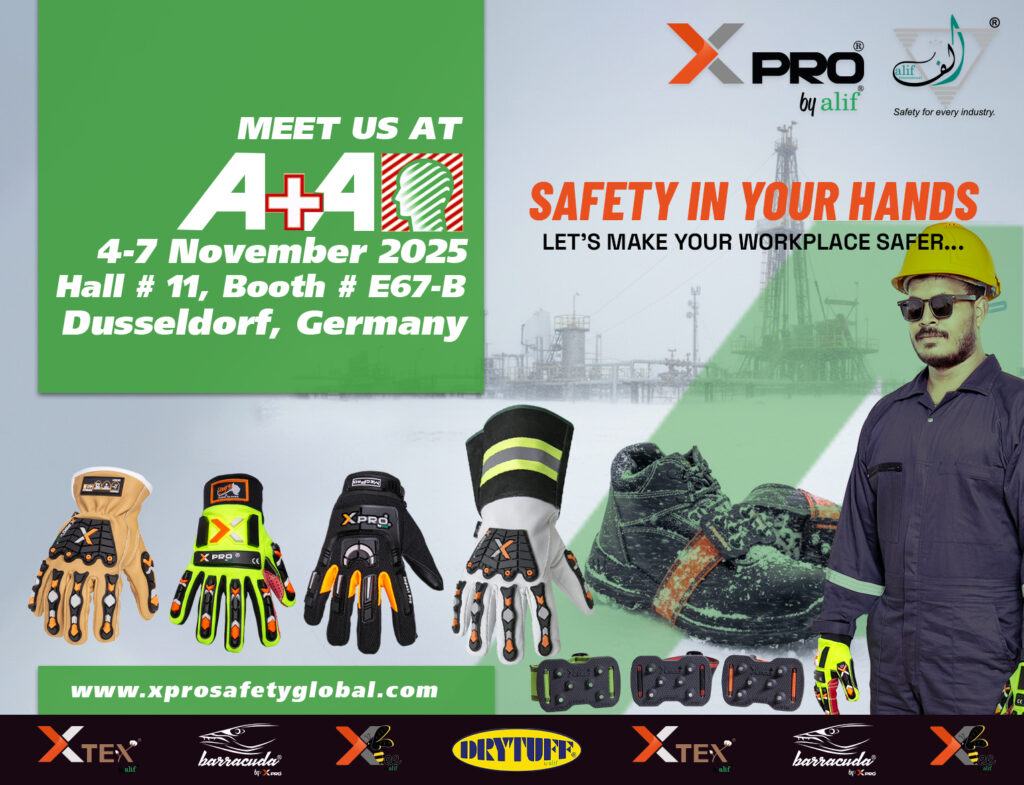GRAYWOLF® GW7500ACSRC5 – Multilayer Aluminized Safety Gloves with Kevlar® Lining for Molten Metal & Heat Protection
Brand: GRAYWOLF®
GRAYWOLF® GW7500ACSRC5
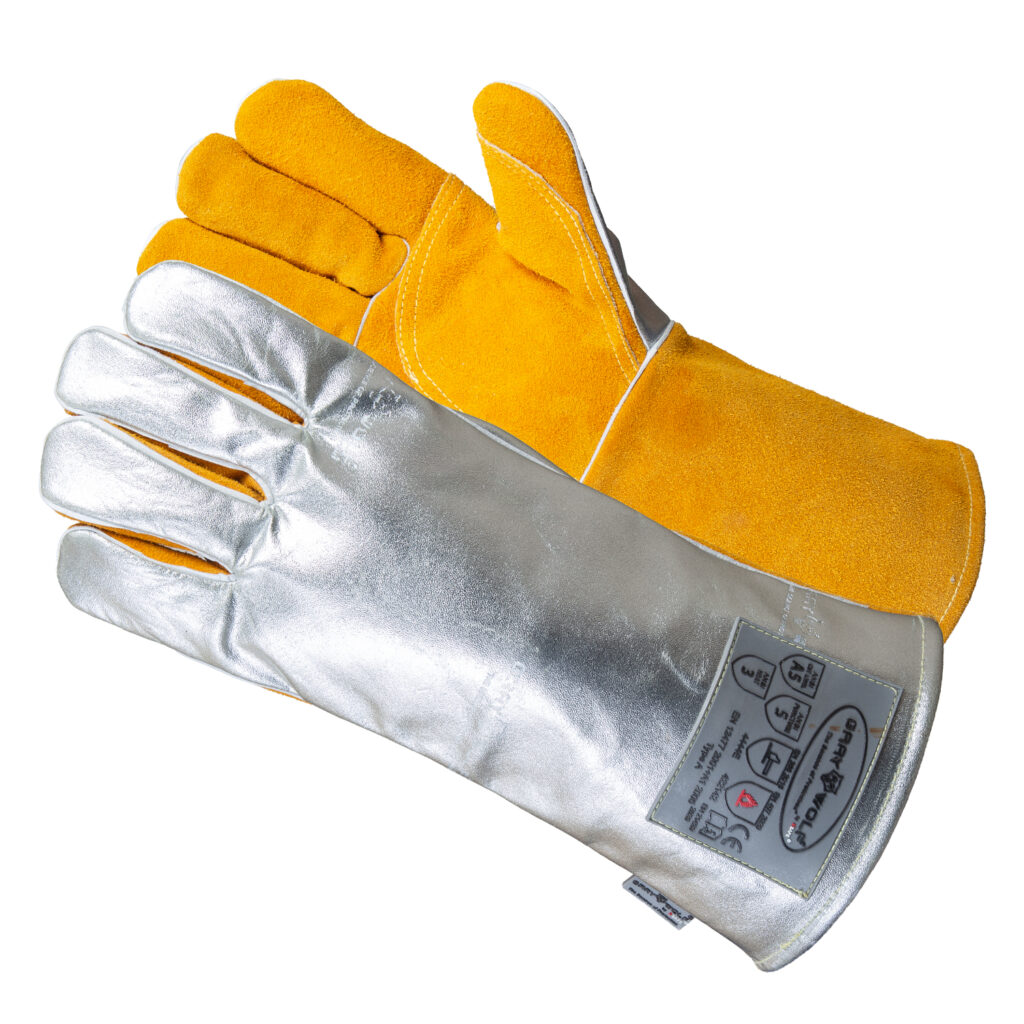
Brand: GRAYWOLF®
GRAYWOLF® GW7500ACSRC5 – Multilayer Aluminized Safety Gloves with Kevlar® Lining for Molten Metal & Heat Protection
GRAYWOLF® GW7500ACSRC5
Aluminized gloves with Kevlar® lining, flame resistance & metal strip support for molten metal, furnace & welding operations.
Price:
Performance ratings
EN 388:2016 4444E
EN 388 2016 Results: 4444E
Abrasion: 4
Cut (Coupe Test): 4
Tear: 4
Puncture: 4
Cut (TDM-100 Test): E
EN 388 is a European Standard. Cut Level is determined by the number of cycles it takes a spinning circular blade, that is pulled across the material under a constant weight of 500 grams, to cut the fabric. As the number of cycles increase, so does the glove’s ratings.
EN 407:2004 422142
Protective Gloves Against Thermal Hazards: 422142
Resistance to Flammability – 4
Contact Heat Resistance – 2
Convective Heat Resistance – 2
Radiant Heat Resistance – 1
Resistance to Small Splashes of Molten Metal – 4
Resistance to Large Splashes of Molten Metal – 2
EN 407 is a general European standard designed to be used for any glove that is to be sold as providing protection against thermal hazards. All six tests are graded on a scale from 0 to 4, with 0 signifying that the glove failed the test, and 4 demonstrating it has achieved the maximum resistance in that specific area.
CUT A5
Cut Level: A5
New edition ISEA 105-2016 outlines a new test method for determining cut scores and a revised scale from A1-A9.
PUNCTURE 5
Puncture Level: 5
The ISEA 105-2016 blunt force puncture testing uses a probe to simulate a tear or burst hazard. The test measures the amount of force needed for a blunt probe to pierce through PPE material. Results are given in Newtons, which is converted into a 1-5 scale and spans from 10 newtons (Level 1) to 150+ newtons (Level 5) of puncture resistance.
HEAT 3
EN ISO 21420:2020
The EN ISO 21420:2020 standard outlines the general requirements and test methods for protective gloves. It covers aspects such as design, construction, comfort, efficiency, and safety, ensuring gloves meet necessary performance criteria. This standard applies to all protective gloves, including those used in industrial environments, and replaces the previous EN 420:2003 standard.
European conformity
The CE mark (Conformité Européenne) indicates that a safety product meets the essential health, safety, and environmental protection requirements of the European Economic Area (EEA). It ensures that the product complies with relevant EU directives and can be sold freely within the EEA, providing assurance of its safety and quality.
EN 388:2016 4444E
EN 388 2016 Results: 4444E
Abrasion: 4
Cut (Coupe Test): 4
Tear: 4
Puncture: 4
Cut (TDM-100 Test): E
EN 388 is a European Standard. Cut Level is determined by the number of cycles it takes a spinning circular blade, that is pulled across the material under a constant weight of 500 grams, to cut the fabric. As the number of cycles increase, so does the glove’s ratings.
EN 407:2004 422142
Protective Gloves Against Thermal Hazards: 422142
Resistance to Flammability – 4
Contact Heat Resistance – 2
Convective Heat Resistance – 2
Radiant Heat Resistance – 1
Resistance to Small Splashes of Molten Metal – 4
Resistance to Large Splashes of Molten Metal – 2
EN 407 is a general European standard designed to be used for any glove that is to be sold as providing protection against thermal hazards. All six tests are graded on a scale from 0 to 4, with 0 signifying that the glove failed the test, and 4 demonstrating it has achieved the maximum resistance in that specific area.
CUT A5
Cut Level: A5
New edition ISEA 105-2016 outlines a new test method for determining cut scores and a revised scale from A1-A9.
PUNCTURE 5
Puncture Level: 5
The ISEA 105-2016 blunt force puncture testing uses a probe to simulate a tear or burst hazard. The test measures the amount of force needed for a blunt probe to pierce through PPE material. Results are given in Newtons, which is converted into a 1-5 scale and spans from 10 newtons (Level 1) to 150+ newtons (Level 5) of puncture resistance.
HEAT 3
EN ISO 21420:2020
The EN ISO 21420:2020 standard outlines the general requirements and test methods for protective gloves. It covers aspects such as design, construction, comfort, efficiency, and safety, ensuring gloves meet necessary performance criteria. This standard applies to all protective gloves, including those used in industrial environments, and replaces the previous EN 420:2003 standard.
European conformity
The CE mark (Conformité Européenne) indicates that a safety product meets the essential health, safety, and environmental protection requirements of the European Economic Area (EEA). It ensures that the product complies with relevant EU directives and can be sold freely within the EEA, providing assurance of its safety and quality.
- Multilayer Aluminized Shell: Reflects 95% of radiant heat and molten splash for thermal protection.
- Kevlar® Aramid Fabric Lining: Enhances cut, flame, and heat resistance in high-risk environments.
- 100% Kevlar® Thread Stitching: Reinforced seams for durability under extreme heat and abrasion.
- Ergonomic Fit: Straight cuff and darted design for secure, comfortable wear.
- Lightweight & Flexible: Engineered for extended use without compromising mobility.
- High Durability: Built for industrial-grade performance in demanding conditions.
- Custom Sizing Available: Tailored dimensions and patented GRAYWOLF® support system available.
Applications: Foundries & Metal Casting, Industrial Welding & Fabrication, Molten Metal Handling, Glass Manufacturing & Processing, Thermal Equipment Maintenance, Cement & Ceramic Oven Operations
Trade: Welders, Furnace Operators, Metal Casters, Glass Technicians, Maintenance Engineers
Hazard Protection: Radiant Heat & Molten Splash, Flame Exposure, Abrasive Contact, High-Temperature Surfaces, Cut & Spark Hazards
Industry: Steel Mills, Smelters & Furnaces, Metal Foundries & Forges, Radiant Barrier Systems, Glass Manufacturing, Industrial & Commercial Ovens, Cement & Ceramic Processing
